How Old Is A Cat's One-year-old Equivalent To A Human?
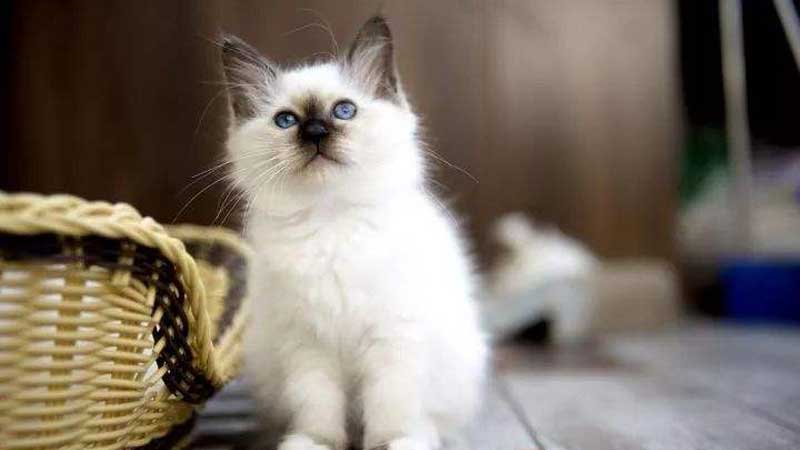
Best Answer:
A one-year-old cat is equivalent to 14-15 years old for a human, that is, adolescence. At this time, the cat has basically stabilized its personality, preferences, and habits.
When the cat is one year old, that is, an adult, you can gradually change the cat from kitten food to cat food. You can schedule a gradual transition from kitten food to adult cat food for about a week when your cat is 8 to 9 months old. When the cat is about 12 months old, fully feed adult cat food. It should be noted that the amount of food fed varies according to the size, weight, and activity of the cat.
You may be forgiven for thinking that a cat’s age can be multiplied by seven to calculate its equivalent age in human years. This is the common understanding when it comes to figuring out the relative ages of dogs and cats. However, for the first two years of a cat’s life, they develop far more rapidly than the human equivalent of fourteen years. When comparing a cat’s developmental stages to a human, it has been assessed that the first year of a cat’s life equals fifteen human years. This evaluation has been based on the behavioral and physiological changes that arise during the cat’s first year of life.
In their second year, they have been found to develop quickly too, but not quite as fast as in their first year. The second year of a cat’s life has been estimated to equal nine human years, bringing their two-year total to twenty-four human years. For their third year onwards, it is understood that each year amounts to four cat years.
During the first year of a cat’s life, they change so quickly, that just one month amounts to one year in human years. By six months, a cat is ten human years old, which is the fastest growth spurt they will go through in their whole life. By this stage, they should have their permanent teeth, which won’t have yellowed yet, until they are at least one or two years old.
Unlike different dog breeds, the cat breed does not determine or change their speed of aging that much. For example, smaller dog breeds usually live much longer than large dog breeds, which means that their relative human age will vary. However, the rule of twenty-four human years to two cat years can generally be applied to all cat breeds. The exception to this is Manx and Siamese cats, which typically live longer than other breeds. Siamese cats can live up to as many as twenty years. Indoor cats also usually have a longer life span. This is due to the fact that cats who are allowed to roam are at risk of fights with other cats, traffic dangers, threats from larger animals such as foxes and dogs, and the potential to pick up diseases from other cats.
There are various signs to look out for that show that a cat has reached senior age. Missing teeth, irises that are no longer smooth, thick or coarse fur, and less mobility can all be signs of aging. However, before all of these more elderly stages, whilst a cat is still very young, the most important thing to focus on is its health. Taking your cat to their first veterinary check-up and taking them to have the necessary jabs should occur in the first couple of months of life. Getting them neutered, teaching them to play nicely, and introducing them to other pets or children should also occur in the first year of their life - remember, this is equivalent to fifteen human years! This means that a lot of learning and change will happen during this time.
Whether your cat is the equivalent of a teenager or has reached the ripe old age of eighty in human years, we know you will love and care for them unconditionally.
References
- [1] ^ PAWS Chicago: How Cats Age
- [2] ^ International Cat Care: How to tell your cat’s age in human years
You May Also Like
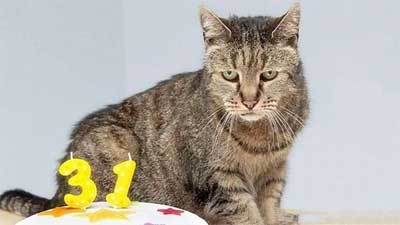 Help & AdviceTo Keep Your Cat Live Longer, These 8 Factors Must Be Paid Attention To
Help & AdviceTo Keep Your Cat Live Longer, These 8 Factors Must Be Paid Attention To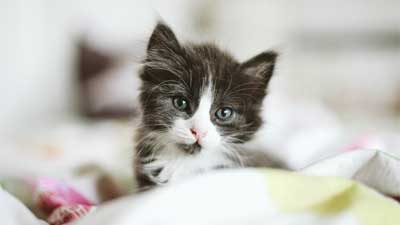 Cat HealthWhat Is The Best Age To Spay Or Neuter A Cat?
Cat HealthWhat Is The Best Age To Spay Or Neuter A Cat?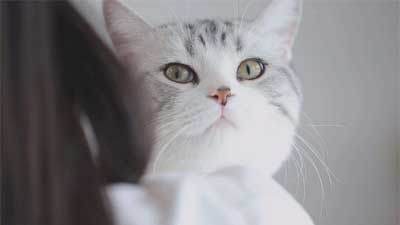 Cat BehaviorCan Cats Sense Their Owner's Emotions?
Cat BehaviorCan Cats Sense Their Owner's Emotions?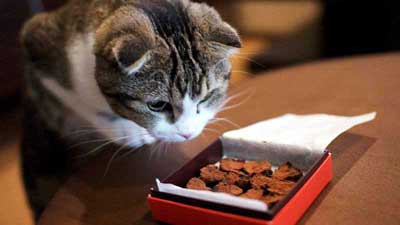 Cat HealthCan Cats Eat Chocolate? The Answer Is An Emphatic "No!"
Cat HealthCan Cats Eat Chocolate? The Answer Is An Emphatic "No!"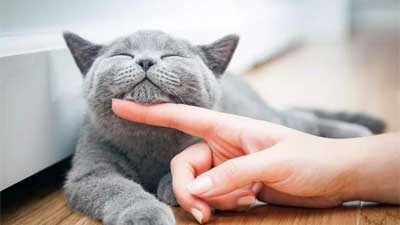 Cat GroomingTips and Tricks on How to Take Care of Your Cat
Cat GroomingTips and Tricks on How to Take Care of Your Cat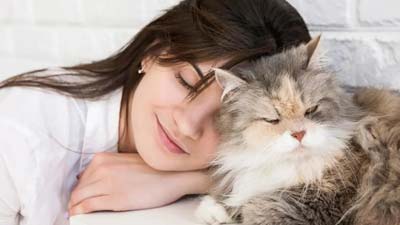 Help & AdviceTop 10 Psychological Benefits of Owning a Cat
Help & AdviceTop 10 Psychological Benefits of Owning a Cat